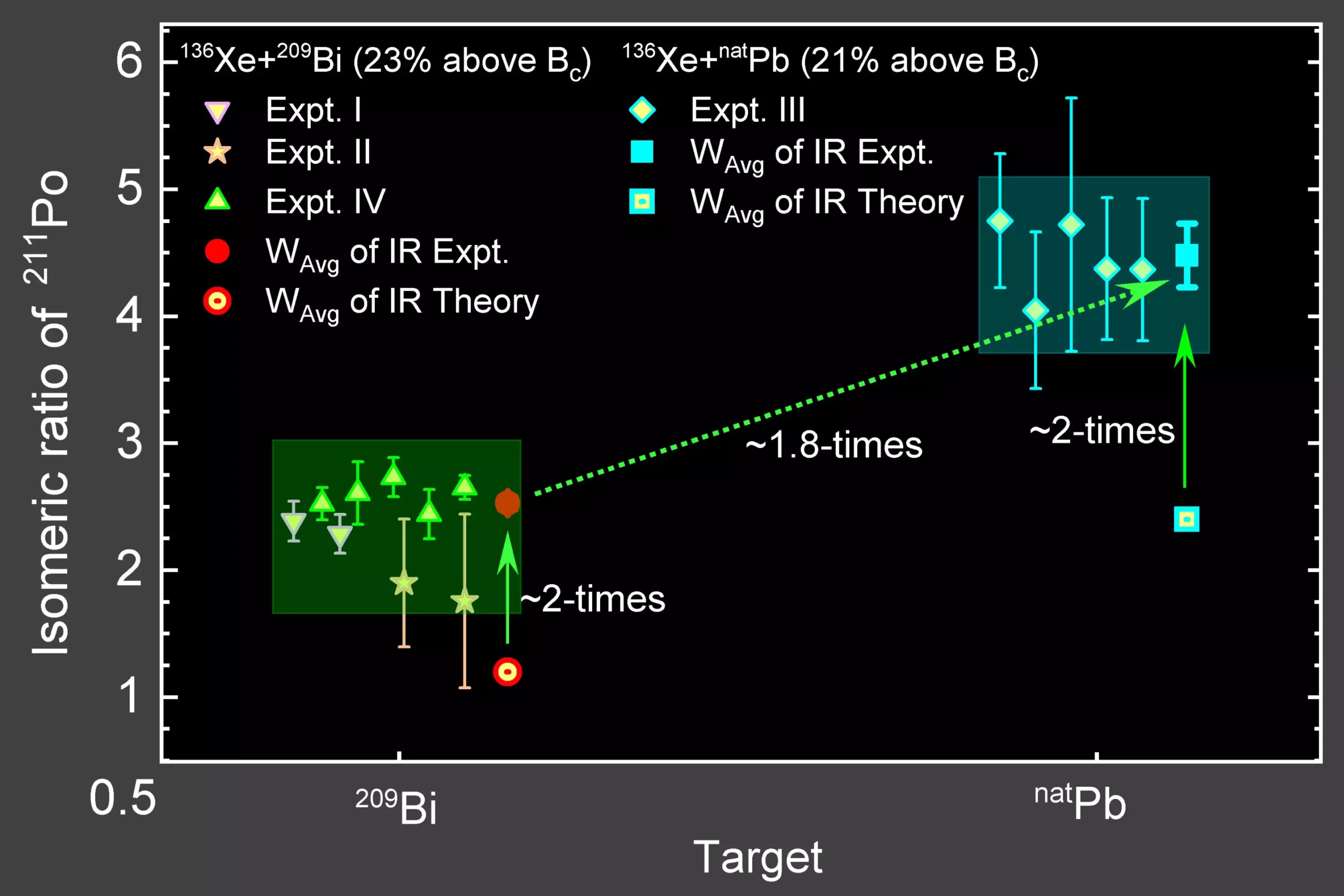The universe’s most elusive building blocks—neutron-rich heavy nuclei—hold the key to profound scientific breakthroughs. These exotic atomic configurations challenge our grasp on nuclear physics, offering insights into phenomena that have long remained in the shadows. As researchers delve into these complex structures, they confront not only technical hurdles but also fundamental questions about how matter forms and evolves at the most extreme levels. Understanding the properties of such nuclei promises to reshape our comprehension of the cosmos, star formation, and the origin of heavy elements.
Unlike stable nuclei, which can be studied easily with conventional methods, neutron-rich heavy nuclei are far from the valley of stability. They exist in the uncharted regions—an enigmatic “terra incognita”—requiring innovative production and detection techniques. The traditional reaction methods, such as fusion-evaporation or fragmentation, often fall short because these nuclei are difficult to generate and the signals are faint. This predicament demands a paradigm shift, steering us toward more sophisticated approaches like multinucleon transfer (MNT) reactions that can offer a window into this obscure domain.
Transformative Power of Multinucleon Transfer Reactions
At the core of our exploration lies the technique of multinucleon transfer reactions. These involve the exchange of multiple protons and neutrons between colliding nuclei at energies close to the Coulomb barrier. Unlike typical fusion processes, MNT reactions enable us to produce neutron-rich fragments with high angular momentum—conditions favorable for forming high-spin isomeric states. By carefully tuning the collision parameters and utilizing intense radioactive ion beams, scientists are now able to generate these rare nuclei with greater efficiency and precision.
The recent experimental endeavors at facilities like JYFL in Finland exemplify the potential of MNT reactions. Using neutron-rich xenon ion beams accelerated by the K-130 cyclotron, researchers bombarded targets of lead and bismuth—elements heavy enough to facilitate the transfer of multiple nucleons. Their goal: to produce and analyze fragments around mass number A=211, including the elusive polonium-211 isomers. These fragments, especially in their excited isomeric states, act as a proxy for understanding the interplay of nuclear structure and reaction dynamics at the limits of stability.
Revealing the Spin and Shape of Exotic Nuclei
A critical aspect of these studies is the focus on nuclear isomers—long-lived excited states that offer a wealth of information about the internal architecture of nuclei. By measuring the relative production rates of isomeric states compared to their ground states, researchers can infer the distribution of angular momentum and the influences of nuclear shell effects. These insights are invaluable because they tell us how nuclei respond to high-spin conditions, which, in turn, have profound implications for astrophysical processes like the rapid neutron capture process (r-process). Such processes are responsible for creating about half of the heavy elements beyond iron in the universe.
In practice, the experiment involved sophisticated detection systems, including helium-filled gas cells, which captured, slowed, and separated the reaction products. Through alpha-decay spectroscopy, the team confirmed the presence of polonium-211 in both its ground and isomeric states. Interestingly, the production of the isomeric form was significantly higher than anticipated, especially when certain transfer channels, such as 2 proton transfer, were involved. This finding underscores how the pathway to creating these nuclei profoundly influences their internal spin states, revealing an intricate dance between the entrance-channel parameters—projectile mass and proton transfer routes—and the ultimate nuclear configuration.
Bridging Theory and Experiment: A New Understanding
While experimental results offered pivotal clues, theoretical models became essential for decoding the underlying mechanisms. State-of-the-art Langevin-type MNT calculations predicted certain trends—such as the preferential formation of high-spin isomers through specific transfer channels—but still fell short of fully matching observed production ratios. This discrepancy highlights the complexity of these nuclear reactions and underscores the necessity for ongoing refinement of theoretical frameworks. Only through iterative collaboration between experimentalists and theorists can we hope to map this uncharted territory with greater accuracy.
The significance of these studies transcends mere academic curiosity. Understanding how high-spin isomers are populated illuminates the processes governing nuclear deformation, shell evolution, and the quenching of traditional nuclear structures. Each piece of data helps not only in refining nuclear models but also in constructing accurate astrophysical models that explain the formation of the universe’s heaviest elements. As experiments push deeper into the neutron-rich frontier, they provide invaluable benchmarks for future research and potential applications, from nuclear medicine to energy solutions.
Envisioning the Future of Nuclear Science
The journey into the hyper-neutron-rich landscape is arduous yet exhilarating. With the progress made using multinucleon transfer methods, scientists are inching closer to creating and understanding nuclei near the neutron shell closure at N=126—a critical region for studying the r-process. These efforts will refine our grasp of nuclear masses, decay properties, and the mechanisms behind element synthesis in stellar environments.
Looking ahead, the combination of advanced accelerators, innovative detection technologies, and refined theoretical models promises a future where the mysteries of the universe’s chemical origins become clearer. The quest is not merely academic; it’s a pursuit that could redefine our fundamental understanding of matter, energy, and the cosmic narrative. As we venture into the unknown, every experimental breakthrough adds a crucial chapter to the story of how the universe, and everything within it, came to be.


Leave a Reply